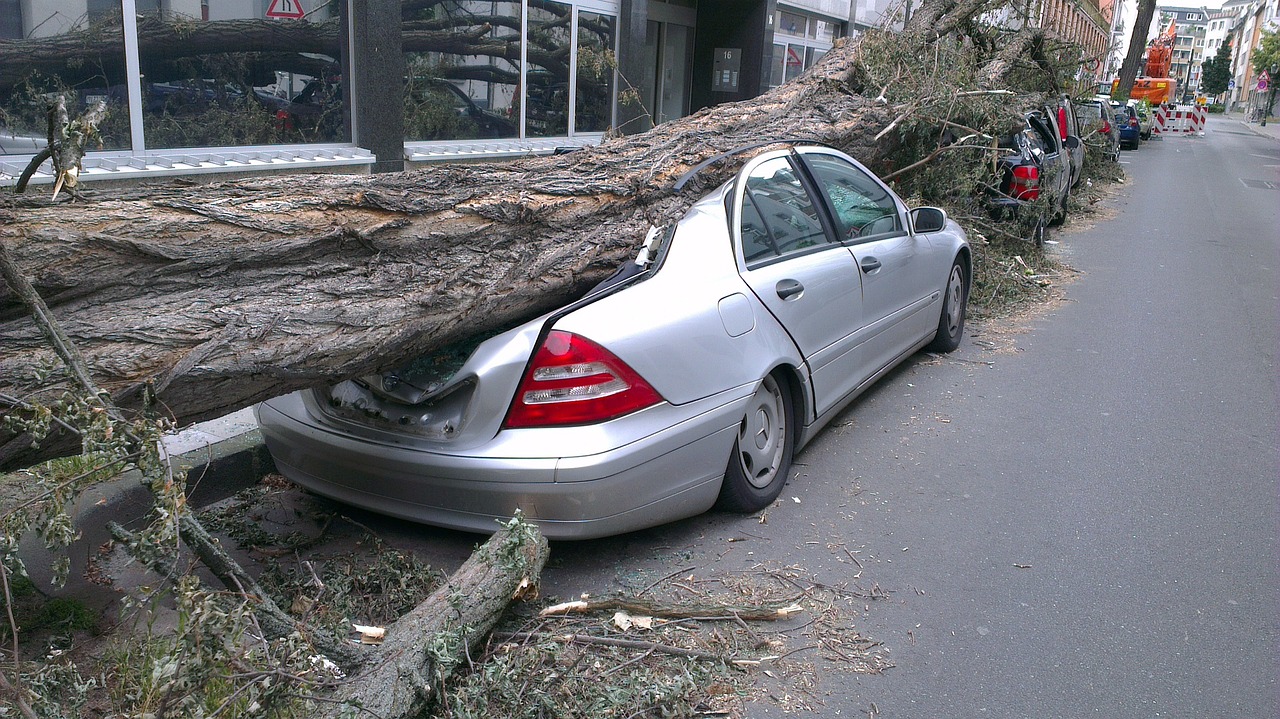Table of contents [Show]
Fault vs. No-Fault Liability in Car Insurance
Understanding fault and no-fault liability is crucial in the world of car insurance. Here's a straightforward breakdown of the differences between these two concepts:
Fault Liability
In fault liability systems, the driver who is found responsible for causing an accident is also held financially responsible for the resulting damages and injuries. Their insurance company covers the costs of the other party involved in the accident.
Determining Fault
Determining fault typically involves investigating the accident and assessing factors like traffic laws, witness accounts, and evidence. The party deemed at fault is then liable for the financial consequences.
Insurance Premium Impact
In a fault liability system, if you're found at fault in an accident, your insurance premium might increase. This is because insurance companies consider you as a higher risk due to your involvement in an accident.
Legal Recourse
In fault-based systems, the party not at fault can sue the at-fault party for damages beyond what insurance covers. This allows the injured party to ask for compensation for medical expenses, lost wages, and more.
No-Fault Liability
In no-fault liability systems, each party's insurance covers their own damages and injuries only, no matter who caused the accident. This aims to streamline the claims process and reduce legal disputes.
Limited Legal Action
In no-fault systems, injured parties are restricted from suing the at-fault party unless certain conditions are met, such as severe injuries exceeding a specified threshold.
Insurance Premium Impact
In no-fault systems, fault doesn't play a direct role in determining insurance premiums. Your own insurance premium might not increase after an accident, regardless of fault.
Geographic Variation
The distinction between fault and no-fault systems varies by region. Some places adopt a pure no-fault system, while others have a modified version that allows more legal action.








